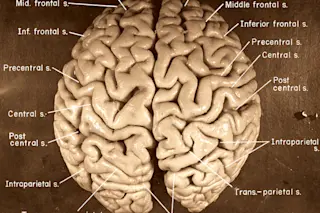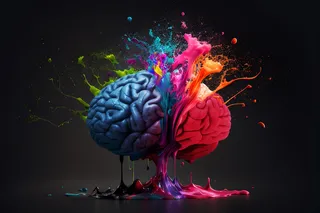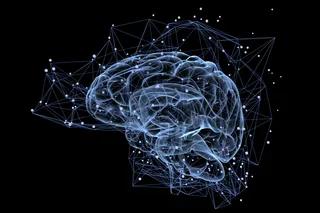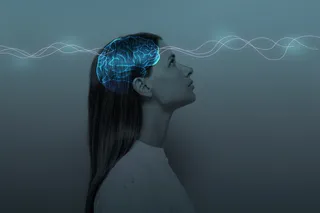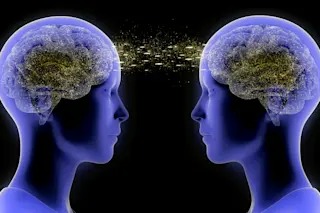An elderly man pries open a jar and fishes out a dripping human cerebellum. He carves off a chunk with a kitchen knife and places it in a plastic pill bottle. Then, wiping a hand on his pants, the man hands the bottle to an admiring visitor.
The brain was Albert Einstein’s. The man was Thomas Harvey, a pathologist who in 1955 removed, photographed and preserved the great physicist’s brain during autopsy. In the decades since, the brain has enjoyed a certain celebrity. In the ’80s, Harvey gave away slices to the curious, keeping the rest in a pair of glass cookie jars. (These bizarre transactions appear in the 1994 documentary Relics: Einstein’s Brain.) In the late ’90s, he carried it across the country in a Tupperware container to offer it to Einstein’s granddaughter, who chose not to keep it. Finally, he gave it back to Princeton Hospital, where he ...


